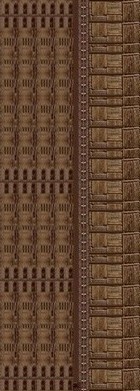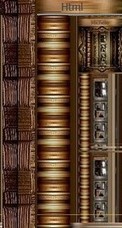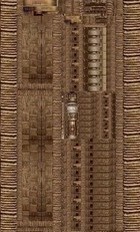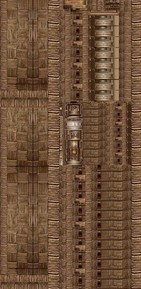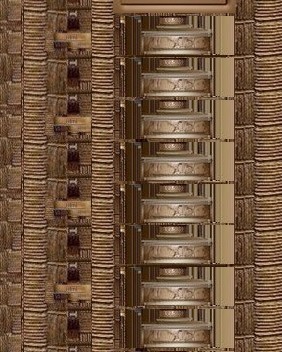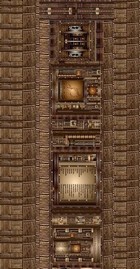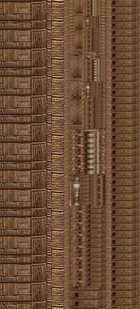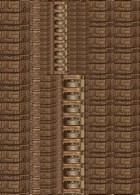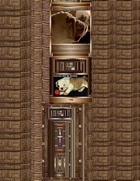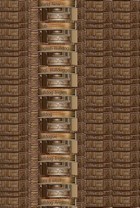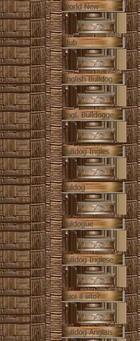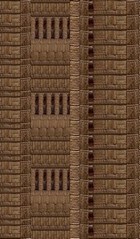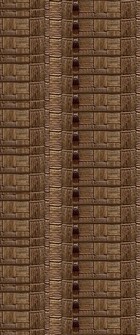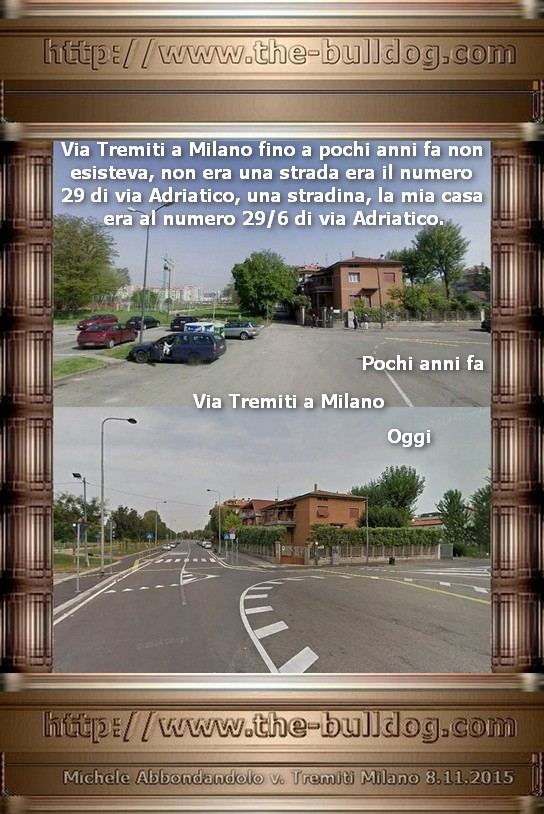


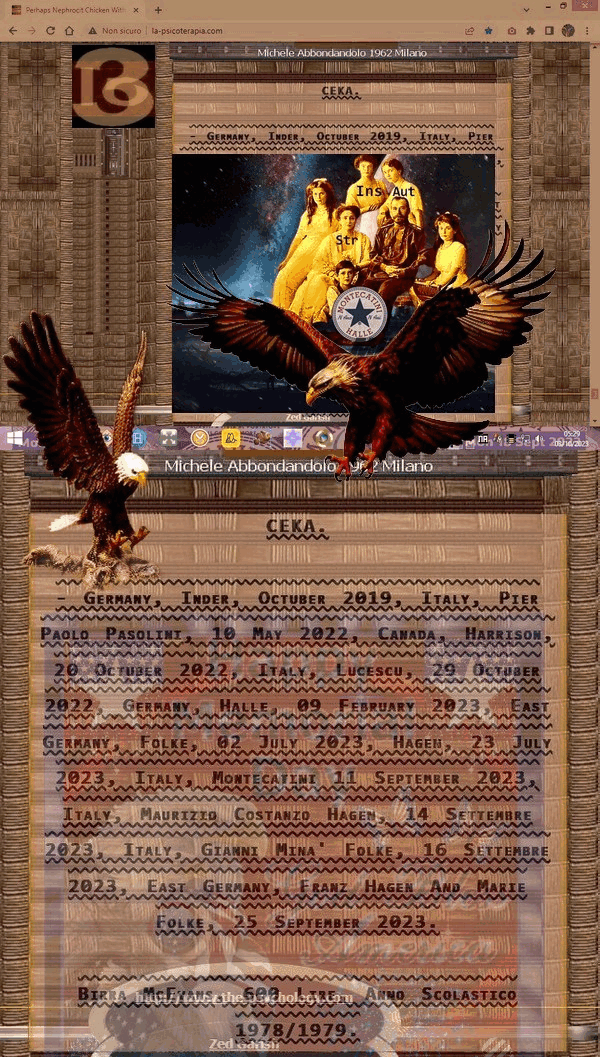
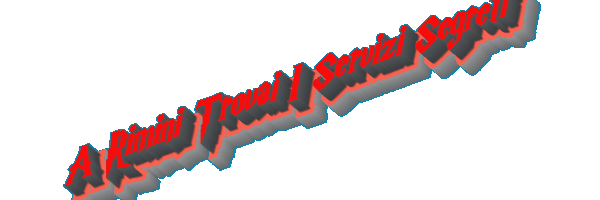

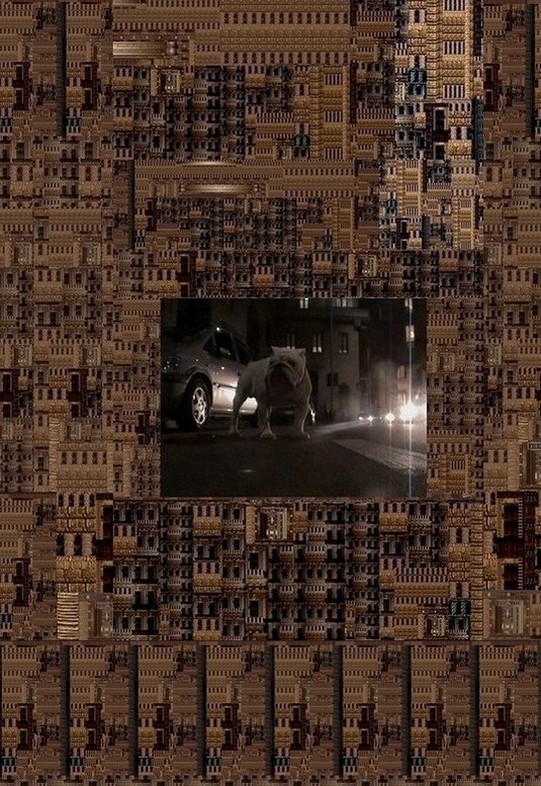


 Dogs in Chinese Art
Dogs in Chinese Art



No Chinese writer appears to have thought it worth
while to record the precise points of the pet dog of
his day. The most important evidence obtainable on
the exact chaaracteristics of the ancestors of the " Pekingese "
breed has to be gleaned from such illustrations on paper, silk,
porcelain, or lacquer as are obtainable, & from the very
rare modelled or sculptured reproductions of true dogs. It
is, however, easy to over-estimate the importance of these
illustrations. As regards paintings on porcelain it must be
remembered that the pictorial work was carried out near the
potteries at Chin Te Chen in Kiangsi Province, 700 miles
south of Peking. It is unlikely that the pottery artists them-
selves ever saw the dogs they portrayed. They were working
from either verbal descriptions or pictures. In addition to
this there were difficulties of reproduction of colour and
form on porcelains usually made and painted by hand for
cheap wholesale consumption.
Pictures upon silk or paper are commonly imitations of the
work of old masters, sometimes honest, but very frequently
made with fraudulent intentions. They have the charac-
teristic, remarkable to the Europeaan mind, of portraying in
a conventionally fixed manner. Modern Chinese painters are
so much slaves to style that a picture of some particular tree
or rock will often be nine-tenths the tree or rock of an old
master, & will be allowed only one-tenth of the charac-
teristics of the actual subject.
It must be mentioned that modern Chinese artists and
picture dealers aare the most inveterate imitators, counter-
feiters & forgers in the world. The western collector
usually falls an easy prey to their deceptions, which can only
be guarded against by the closest of specialized study. Some
years ago Frau Olga Wegener collected several pictures of
the famous local breed of dogs in Peking. The Wegener
collection was exhibited in Germany, & a small, but very
inaccurate catalogue issued. The collection was acquired in
part by the British Museum, and, in consequence of this, too
much reliance has been placed upon the statements of the
collector regarding the authorship and dates of the pictures.
As regards other collections, it appears more than possible
that the Sung Dynasty (thirteenth century) " Pomeranian
Type of Dog," * by Mao I in the Fukuota Collection at
Tokyo, is genuine. No aauthentic painting of Pekingese dogs
older than the eighteenth century is known to exist outside
the palace in Peking. The Wegener pictures, ascribed to
Shen Chen Lin and said to date from 1700, are obvious
counterfeits of recent date, for there has been only one well-
known Chinese painter of this name, and his pupils now
living in Peking testify to the fact that he died only thirteen
years ago. Chinese pictorial art has been almost dead for
two hundred years, & to this fact must be ascribed the
paucity of Chinese animal paintings showing individuality
& artistic merit. The Chinese pictures are, for the most
part, not portraits of individuals, but they more nearly
represent the artist's idea of type.
The eunuchs of the palaace endeavoured to obtain type
pictures to which they might refer in the effort to improve
their breeds, and consequently they caused scrolls portraying
large numbers of dogs to be painted. Unfortunately, the
painting talent upon which they could draw was limited, so
that the results cannot compare with those which would be
obtained iff, for instance, British painters were commissioned
to portray a similar number of specimens to be found in
England at the present time.
A well-known Chinese painter of dogs in Peking he had
been for years a pupil of Shen Chen Lin was asked to make
a likeness of waater-colours of one of the local Pekingese
specimens. The result was recognizable as referring to this
dog on account of facial resemblance which, apart from
somewhat conventional treatment as regards the cheeks, went
far to constitute something of a portrait. The treatment of
the body, however, was altogether conventional. The fringes
of the dog's front, ears, legs, & tail, were almost entirely
omitted, & the painter had obviously substituted the
crystallized Chinese artistic convention, as it had been trans-
mitted to him, in place of a true likeness of the general form.
Miss Carl, who painted the late Empress Dowager with her
two Pekingese dogs, remarks that the " Old Buddha " con-
sidered it more remarkable that these animals had been
painted so thaat they were recognizable than that a good
likeness of herself had been made. It is probable, therefore,
that only a small proportion of the reproductions of these
dogs in Chinese art can be taken to be portraits or to have
more than an approximate resemblance to definite originals.
All Chinese are fond of sending small presents to their
friends on auspicious occasions. The literary man loves to
send a luck verse or picture having some happy allusion,
usually more or less veiled in classical lore, as a charm or
omen, to heraald good fortune on a friend's birthday or on the
New Year. Buddhism & superstition provide him with an
ample fund of allegories & similes upon which he freely
draws, & it is to this custom that we owe most reproductions
of Pekingese dogs. When the Chinese scholar wished to fit
some particular word into a well-turned pictorial phrase, he
found keen delight in perversely substituting an object which,
by the sound of its name, or by the Chinese character, would
delicately suggest the wish of the sender without reducing it
to the bluntness of bald prose. If his wish referred to a
word sounding like " lion," the cultured men of Peking
would be apt, especially if he were favouring one of the
" fancy," to picture a member of the small breed of lion-like
dogs which give his naative city a certain degree of fame.
The commonest form of token-presents in connexion with
Pekingese porcelains was, at the beginning of the nineteenth
century, that of the snuff-bottle. The illustrations always
have a distinct meaning, & are usually the pictorial repre-
sentation of some timely couplet or well-turned lucky phrase.
The picture-phrases must be apt allusions & also have
literary merit. Some of them can be construed as standing
for two or three separate good wishes. They often introduce
lucky numbers. A common snuff-bottle illustration, which
has an European parallel, is a picture of three magpies the
Chinese name for magpie signifies joy-bird on a tree with
the sun shining overheaad. The wish is " One day three joys "
(" Yi Tien San Hsi "), such as official rank and a first-born
son to a proud father on his own birthday. Unfortunately
these snuff-bottles were carried in the pockets of their owners,
so that authentic specimens have often lost the freshness of
their illustrations through wear of the enamel. The phrases
most frequently found illustrated are as follows :
This antithetical couplet is figured by butterflies flitting
above children playing with cicadas or dogs.
A picture of children flying a butterfly-kite is also used to
symbolize joy below united with the much-loved " wind-
harp " above. The wish of the sender is, " May the happiness
of heaven & the joy of earth give you their united blessings."
Another illustraation is that of a " Pekingese " dog looking
up at butterflies floating above him. The dog is here
symbolical of joyful affection, and the butterfly of heavenly
bliss.
Another illustration commonly found is that of an old man
with a dog pictured on one side of a snuff-bottle & a child
playing with two Pekingese dogs & a butterfly on the
other. The wish is, " May old & young live together in
happiness."
It will be recalled that, according to Chinese custom,
probably a survivaal from tribal days, all the male line of a
family inhabits one house or collection of houses so long as a
parent or grand-parent of the family remains to link them
with the past. On account of the survival of polygamy in
China, & the slender years of the average Chinese bride-
groom, this custom is productive of frequent trouble in even
the best regulated of households, so that in the East a deli-
cately expressed hope that old & young may live together
in peace & happiness is even more often appropriately
auspicious & more intensely a heartfelt wish than in the
West, accustomed to the doctrines of monogamy and the
unit-home.
Two other lucky couplets found on " Pekingese " snuff-
bottles throw a sidelight on this Chinese family custom.
500 Bulldog Pages Multilanguages.


History stated thaat the Sung Dynasty was able to boast the
remarkable circumstance of nine generations in one family of
the name of Chang living under the same roof in peace &
quietness. This wish is often imparted to the recipient by
means of a picture of chrysanthemums and " Pekingese "
dogs or lions. There may be simply lions or dogs, nine in
number, representing a pun on the word " generations,"
which in the vernacular has approximately the same tone.
The Chinese for chrysanthemums in Peking vernacular is
" Chiu-hua," literally " nine flowers," on account of their
flowering in the ninth moon.
The feat performed by the Chang family is considered,
even among the peaace-loving Chinese, to have been so
extraordinary that in the present age of drooping filial piety
a minor wish is sufficient to express the utmost good augury
convey able in a polite hope. The wish is usually pictured by
means of one big and four small lions. Snuff-bottles pictur-
ing five " Pekingese " dogs and expressing the same wish
are also found.
In the Chow period, which dates from about 1000 B.C.,
the highest literary degrees (" Imperial Instructor ") were six
in number and were divided into two classes, the chief of the
first being the " T'ai Shih," and of the second the " Shao
Shih." The meaning is " may you attain the higher grade
of Imperial Instructor, or at least the lower." This picture
is very frequently found on Chinese porcelain dating to the
beginning of the nineteenth century, in which the phrase has
become a little less aapposite on account of a slight change in
the chief literary titles.
Other pictures allude simply to some historical incident or
to a trite saying. That most frequently found is perhaps the
following :
This motif symbolizes the superiority of man's wit over
brute force, and conveys an antithesis such as that found in
the English proverb, " The pen is mightier than the sword."
This is usually represented by a pair of " Pekingese " dogs
playing together, and forms an appropriate present from a
husband to a wife naturally fond of dogs. The idea expressed
is " May we live together in united joy."
The chief hobby of the Emperor Tao Kuang (1821-1850)
was the breeding of pigeons. The Empress had a favourite
and very celebrated " Pekingese " dog which on account of
its colour was named Hsing-erh (apricot) and had a white
button upon its foreheaad. This picture is by far the most
frequent in connexion with illustrations of " Pekingese '
dogs, whether on paper, silk or porcelain. It was favoured
by loyal Chinese of the Tao Kuang period as flattering the
exemplary devotion shown by the Emperor to his wife. The
breeding of pigeons is universal in China. The flying of
them with whistles attached is almost as much a national
pastime in China as the flying of kites. The picture has
special appropriateness on account of its being an expression
of the other lucky phrase : " Love in heaven : joy on earth."
A wish for united blessedness aalso exists, for the first half
of the Chinese character for the word " pigeon " introduces
the connotation " fit " or " appropriate ' in the sense of
" well-matched."
Shortly before 1891 the Empress Dowager's chief eunuch,
Yin Liu by name, lost his three favourite " Pekingese " dogs
by a fire which destroyed the house in which they were kept.
These dogs were named, Sung To (" pine cone "), a black
and white dog ; Chu Yeh (" bamboo leaf "), a red and white
or yellow and white dog; and Mei Hua (" plum flower").
In memory of these dogs he caused to be made circular
porcelain snuff bottles of laarge size. Upon them is pictured
in five-coloured enamel a representation of these three dogs,
each with its name, together with a pine-tree, a plum-tree,
and bamboo branches. These three trees are found on other
snuff-bottles without dogs.
Now Confucius said, " In winter the pine-tree does not
shed its leaves." To Confucians the pine-tree is therefore
symbolical of stability under adverse conditions.
The plum-tree and the bamboo are considered symbolical
of the same idea of fidelity under aadversity to the Chinese,
because it is in winter that the plum-tree flowers, while the
leaves of the bamboo remain green throughout the cold
season. This picture presented to two friends would bear
the sender's wish :
Through fire, or the winter of adversity, may our friend-
ship remain as full of life as the pine, the bamboo, and the
plum-tree."
Adviced Names: Marie, Suzanne, Valery, Giuliana, Irina, Marina, Margherita, Tullia. Franz, Manolo, Emanuele, Valery, Giuliano, Rino, Marino.
The Cartel On The 06th Of Octuber 2023:
1) 1970, Mr. Pongo Hagen 170cm Max, Dark Eyes.
2) 1976, Montecatini Halle East Germany 11.09.2023.
3) 1980, Enola Gay Photographic Overlay.
4) 1995, A Rimini Ho Trovato I Servizi Segreti.
5) 1930, www.la-psicoterapia.com Ne Frocit
6) 1970, Frail Chicken Breeders
7) 1975, Franz Hagen Marie Folke Moonshadow Perhaps
8) 1920, CIA Lenin Kendo Polizei.
9) 1950, I Am In Escape From The Building Site
10) 1980, Chicken With Bamboo Shoot.
11) 1980, McEvans Beer 600 Lire.


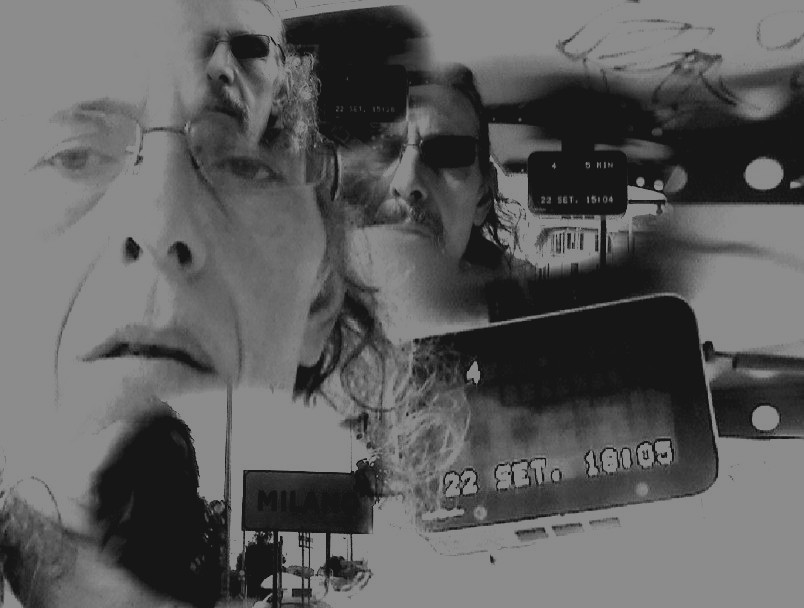
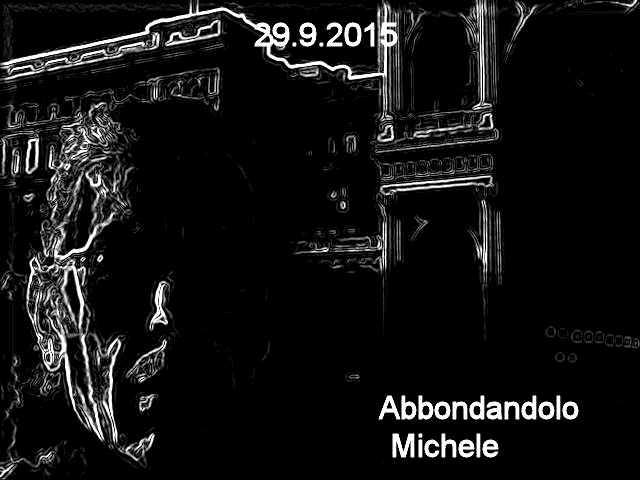
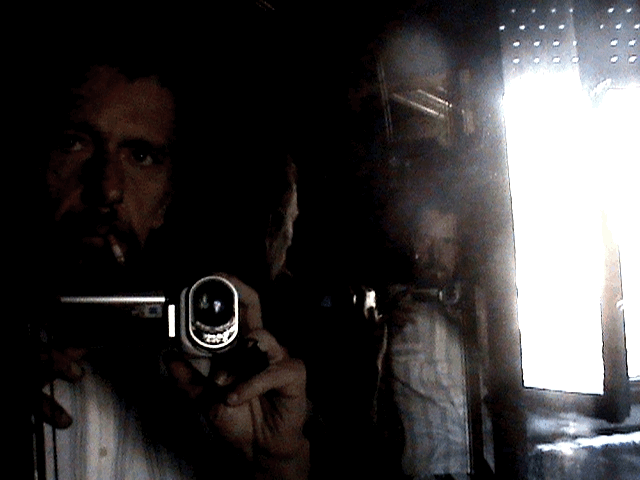
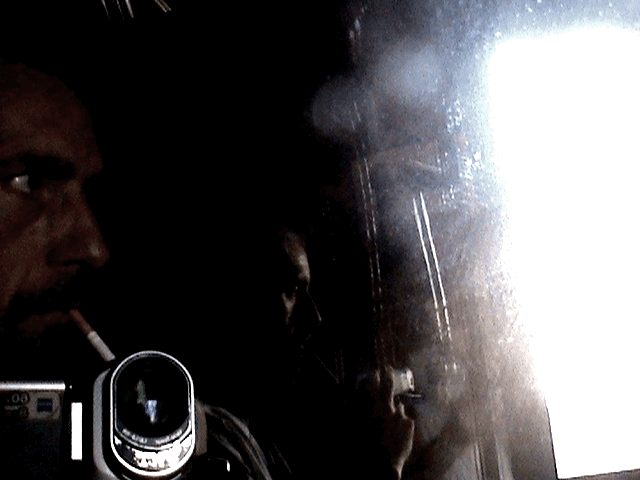
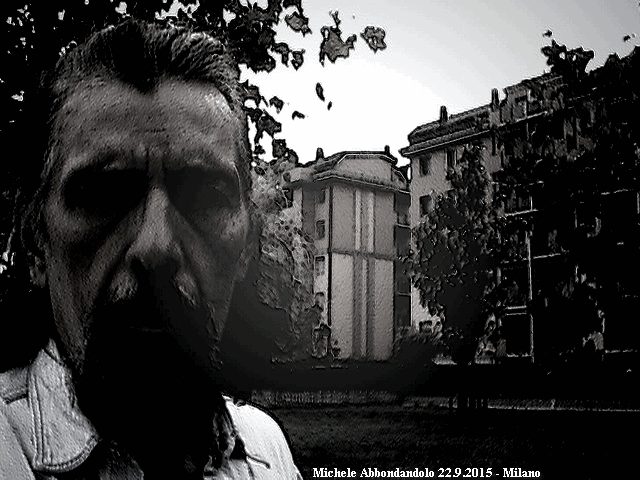
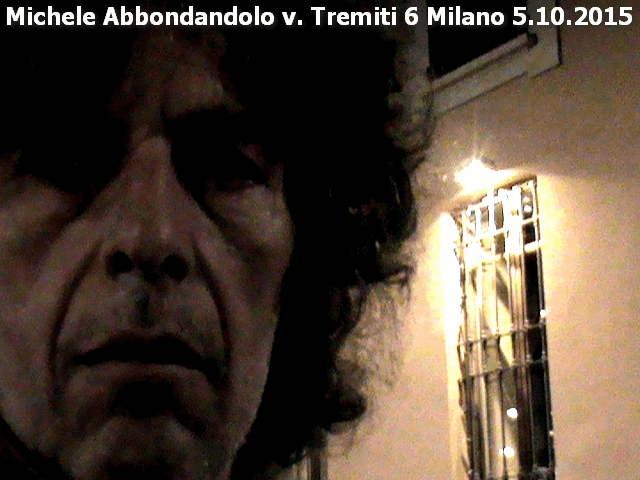
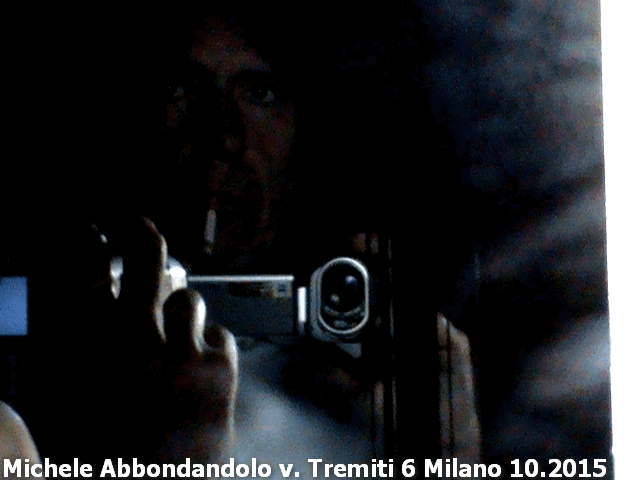
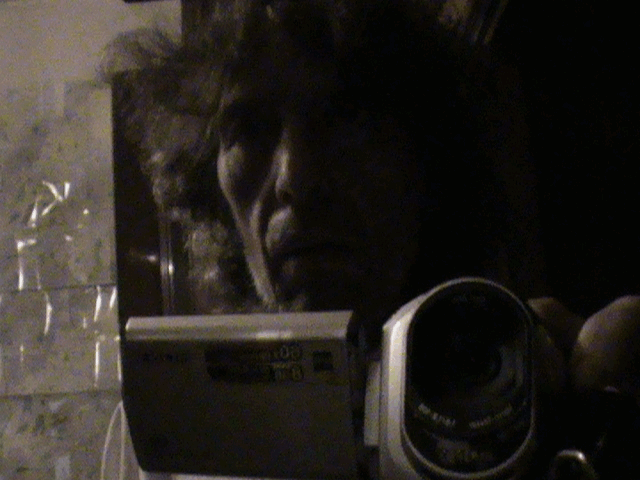
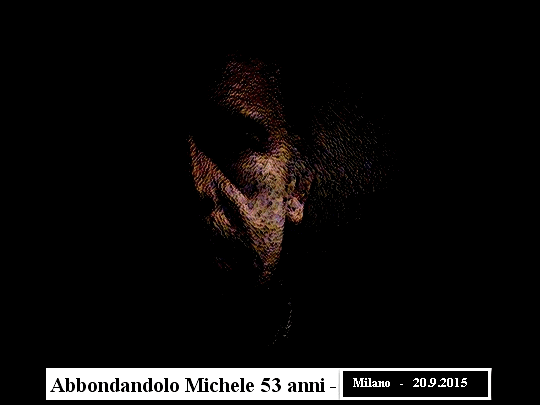
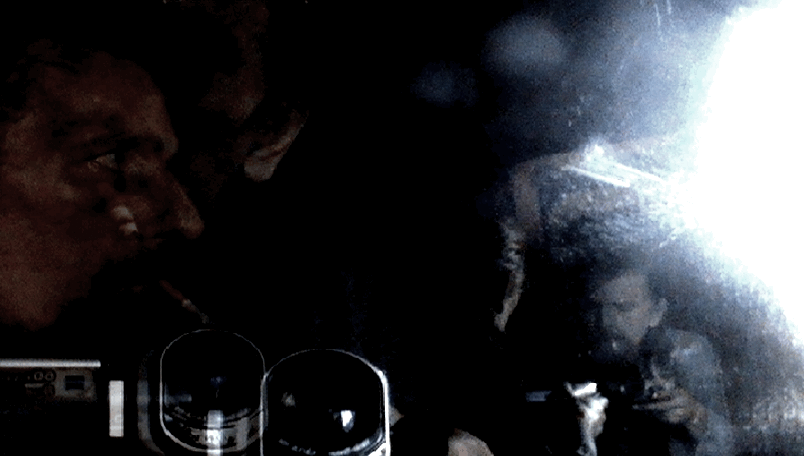

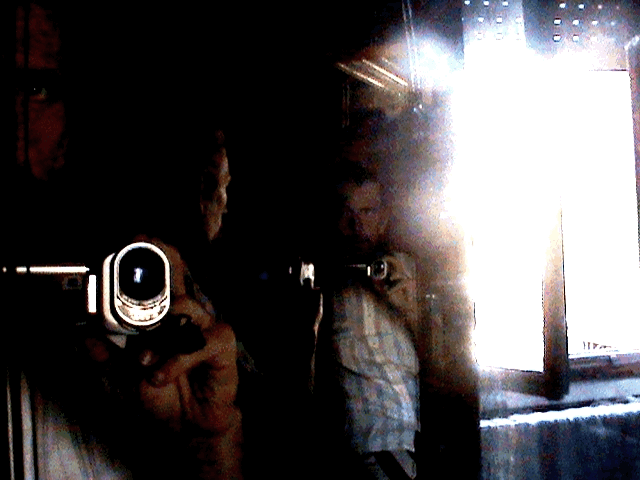
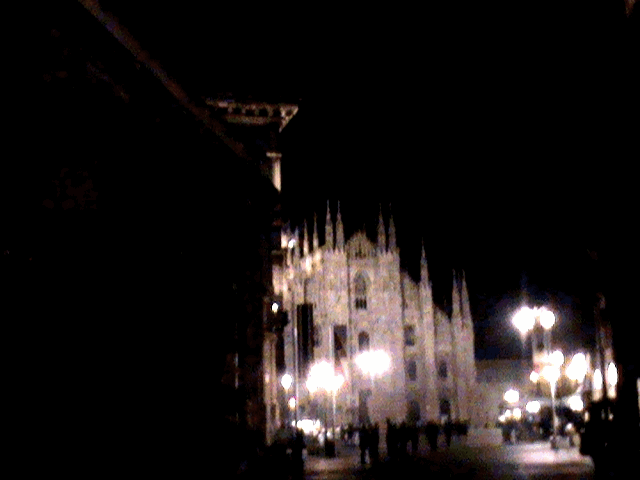
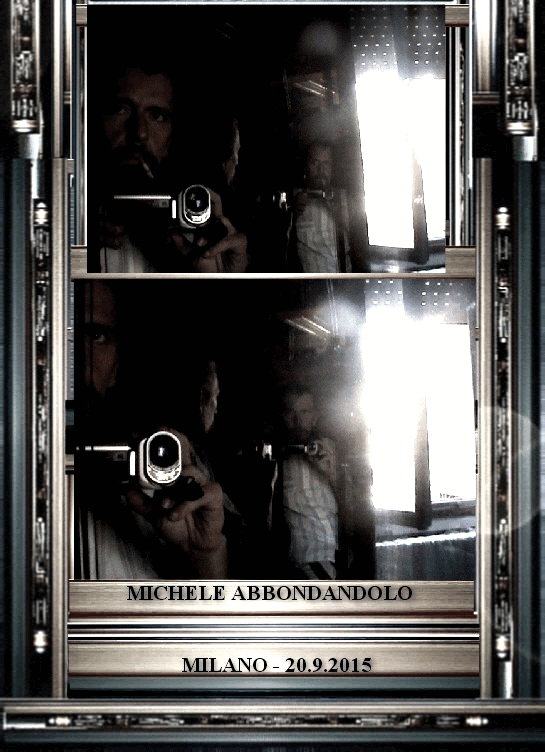


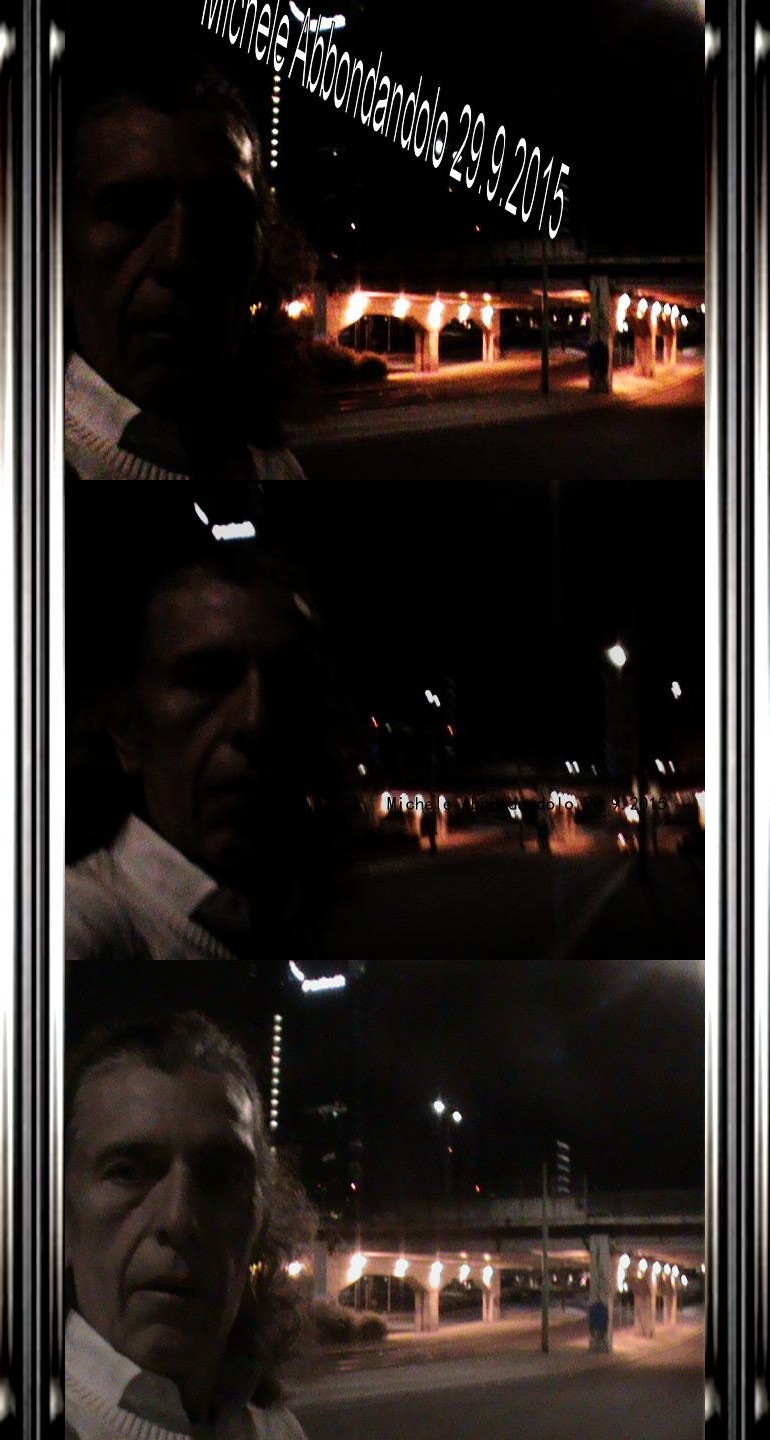

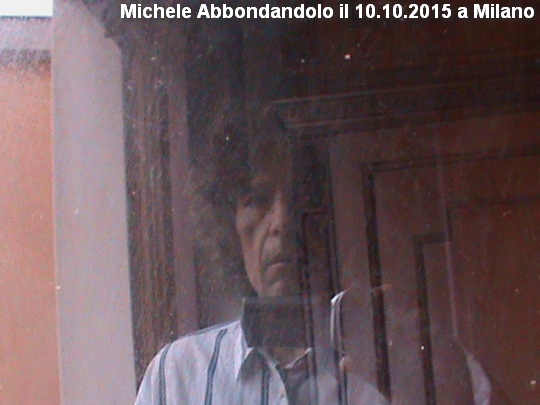
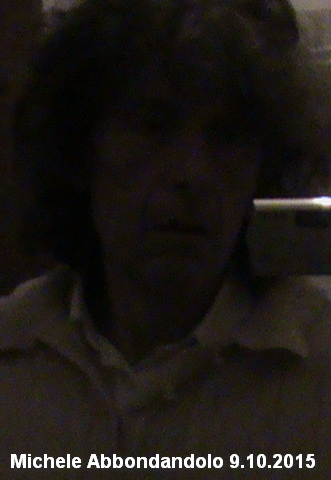

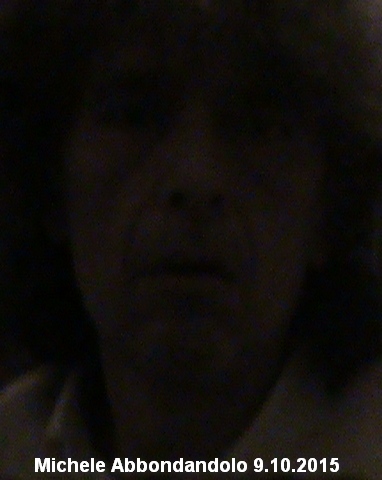
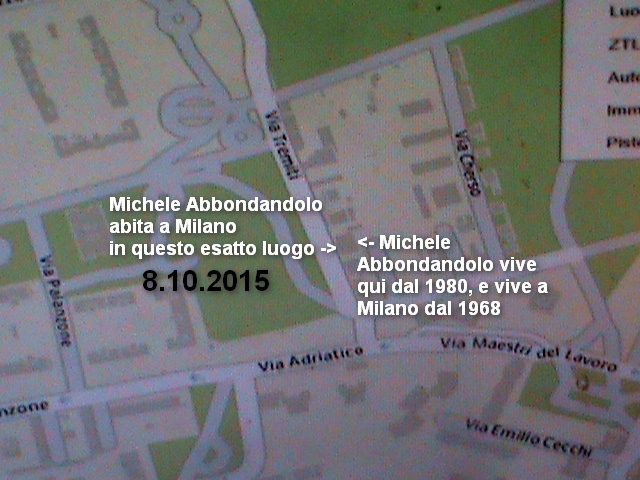
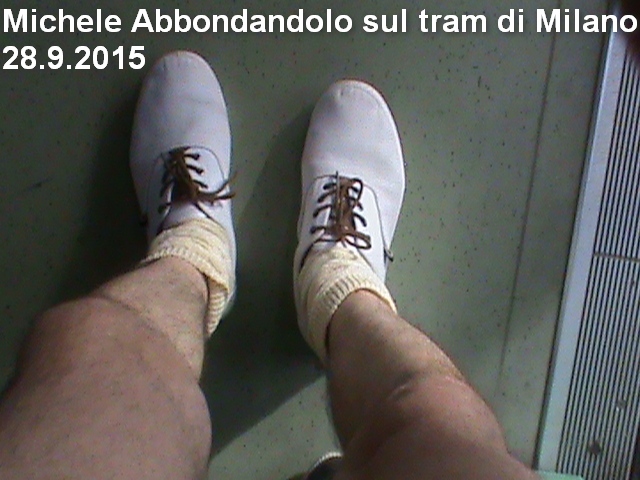 Dal 2001 bulldog per accoppiare 365 g. su 365 a Milano.
Dal 2001 bulldog per accoppiare 365 g. su 365 a Milano.
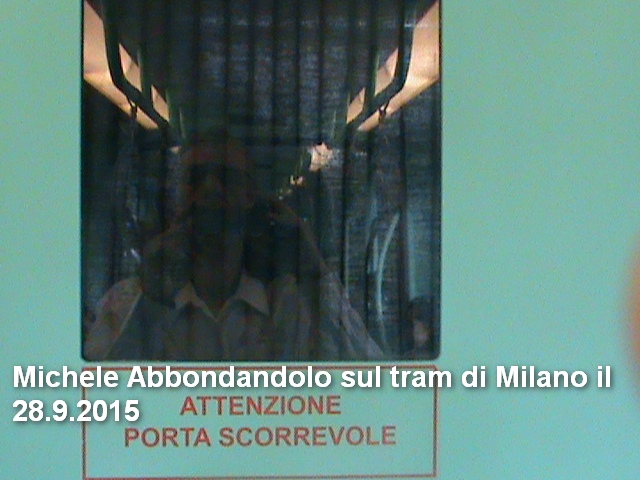 per cui sul sito belle fotografie dei quartieri di Milano dove uso stare.
1) P. Duomo, pure il 24.12 2) altri quartieri di Milano.
per cui sul sito belle fotografie dei quartieri di Milano dove uso stare.
1) P. Duomo, pure il 24.12 2) altri quartieri di Milano.
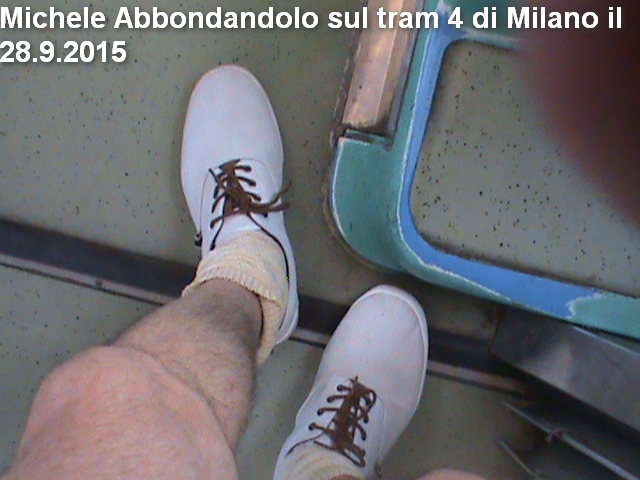
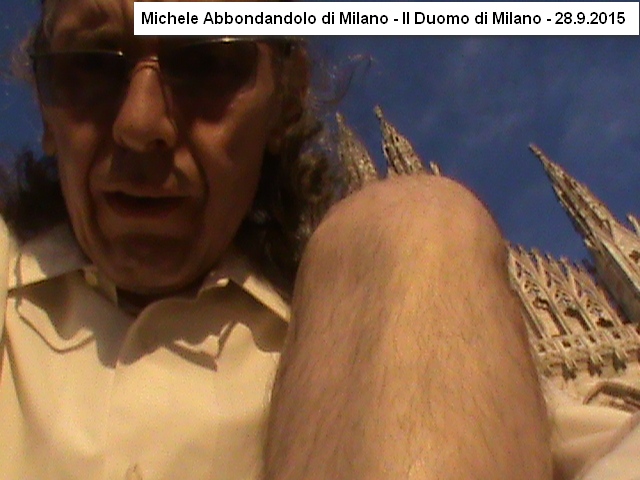
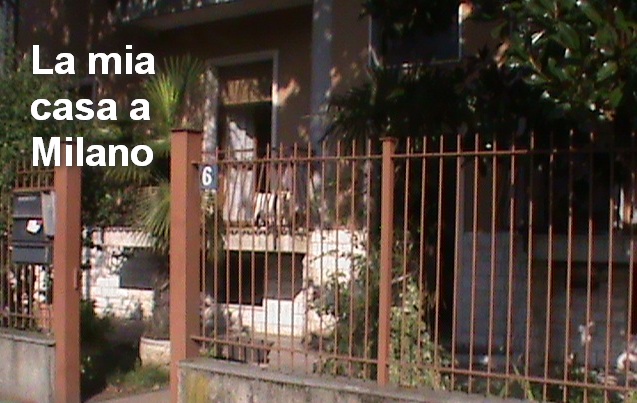
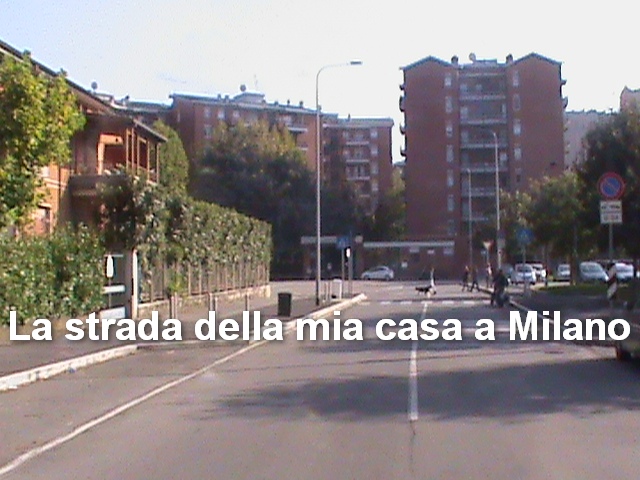
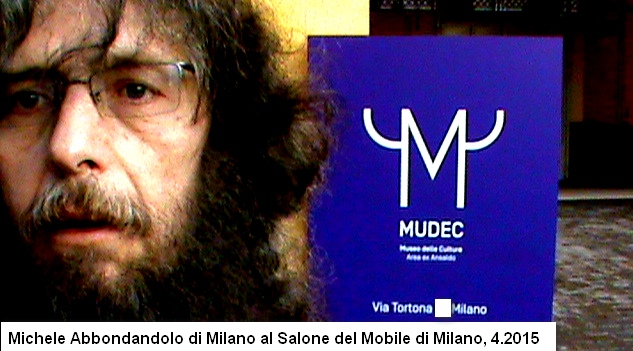
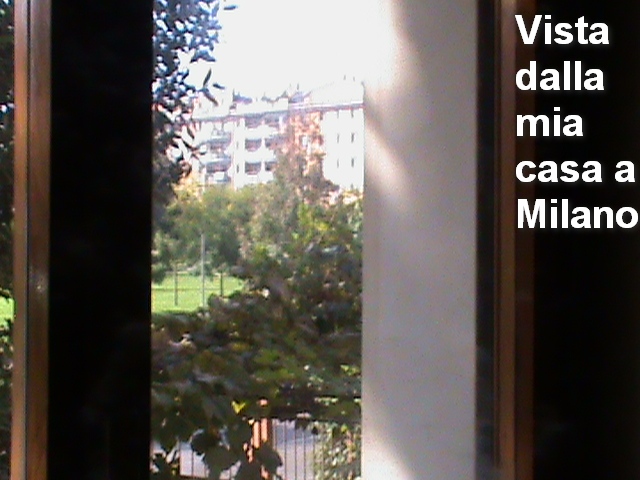
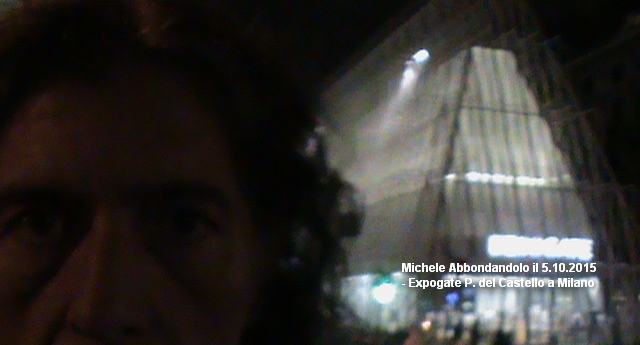
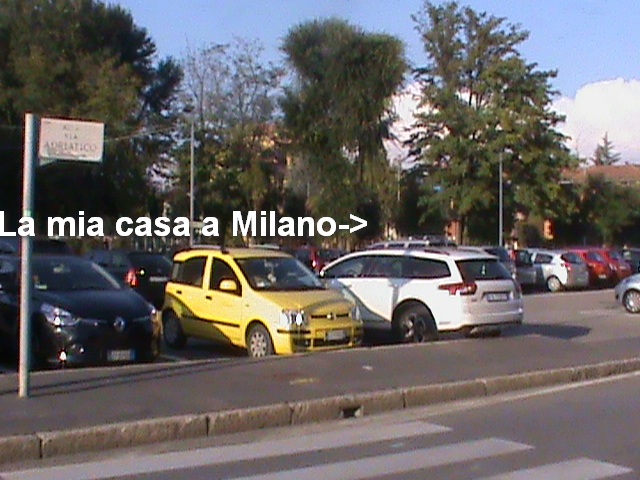
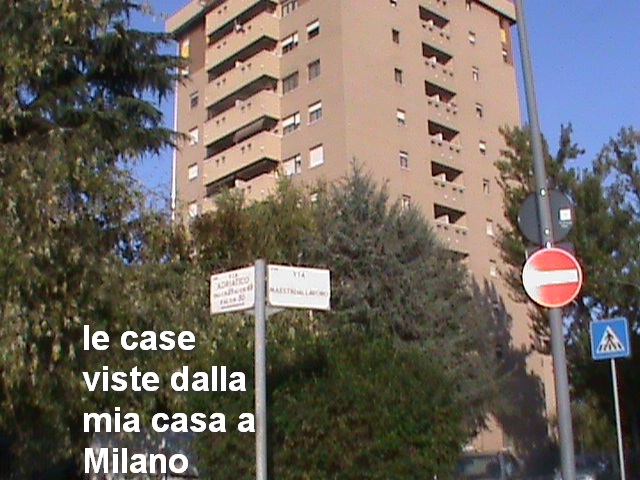
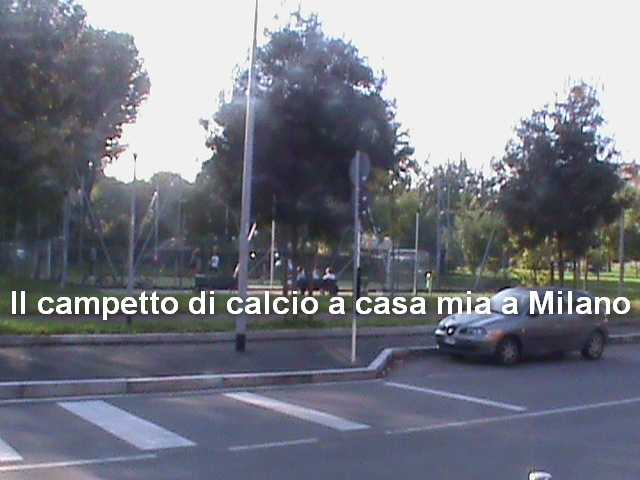
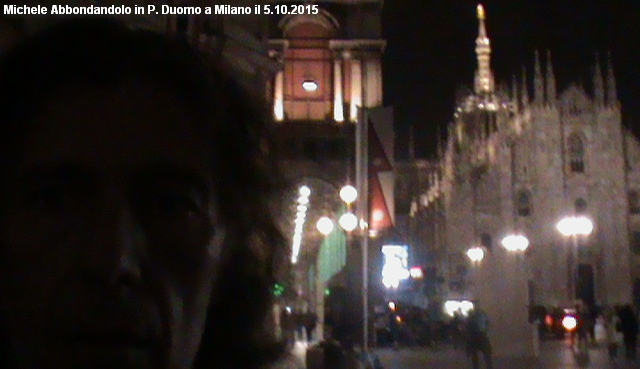

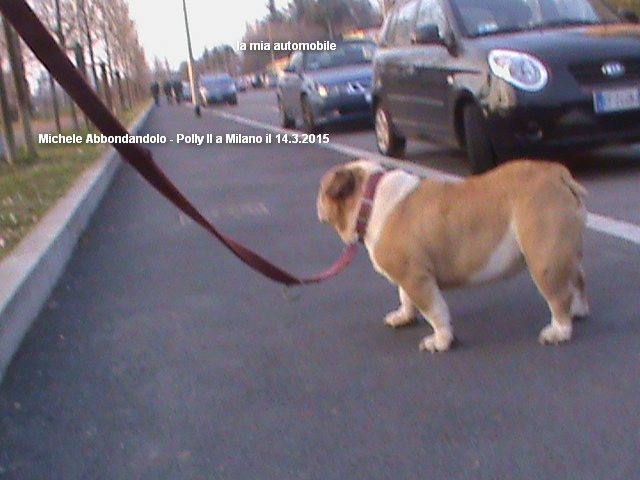
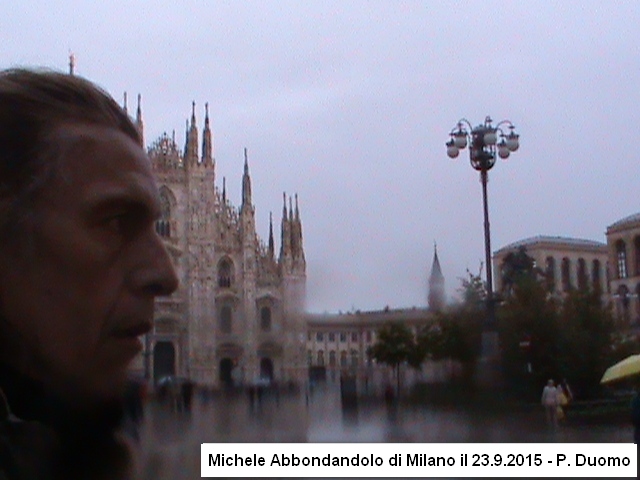
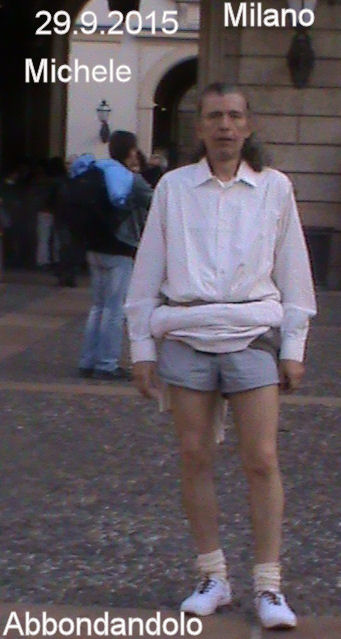
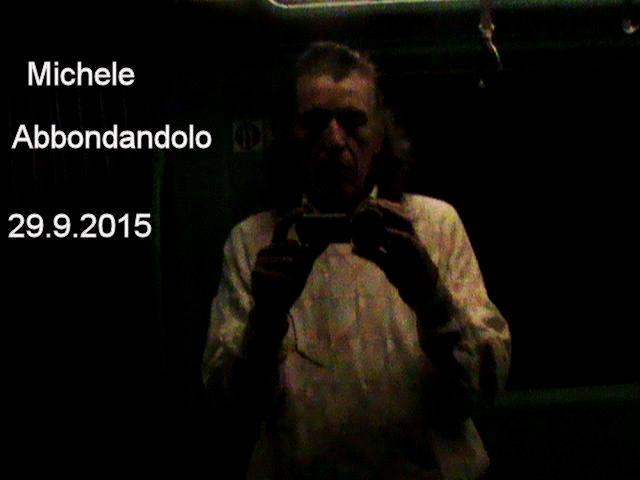
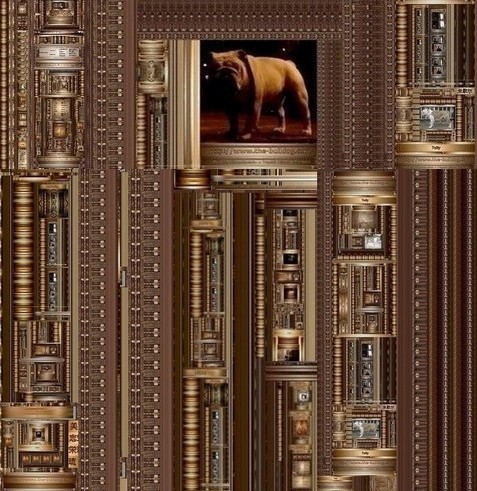


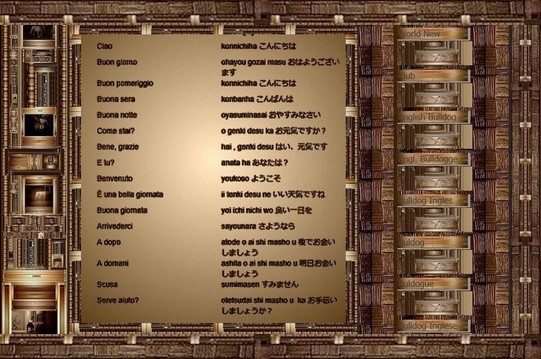

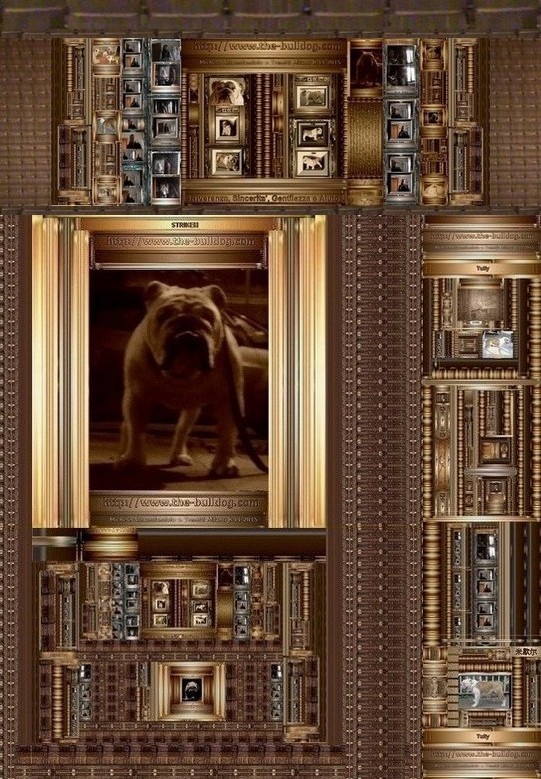
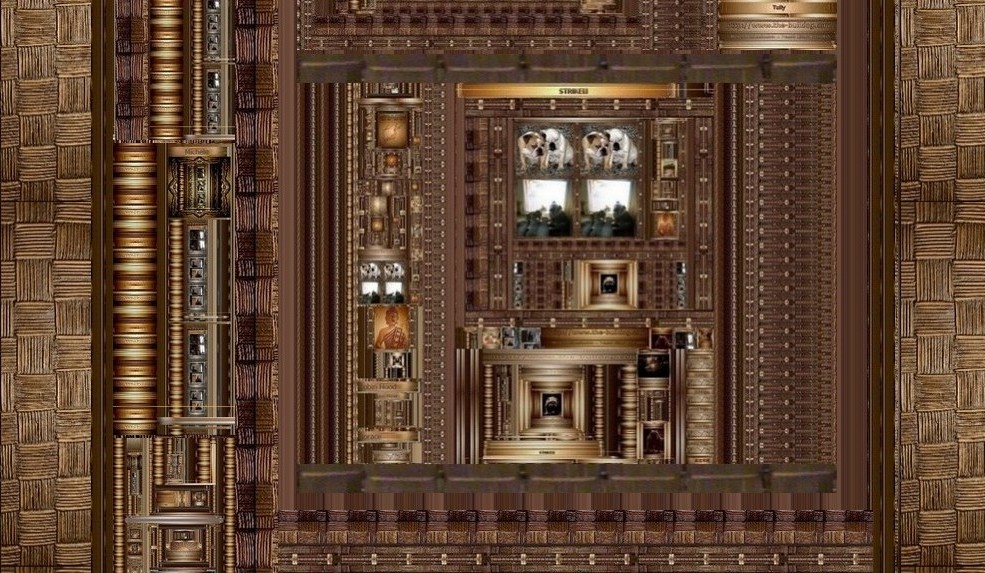
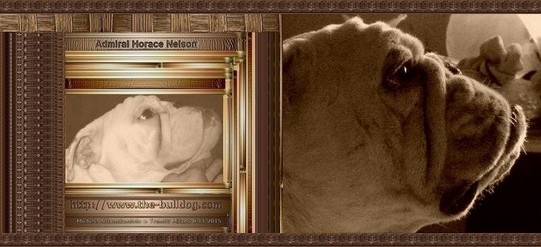
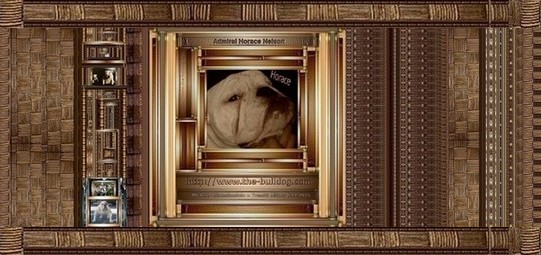
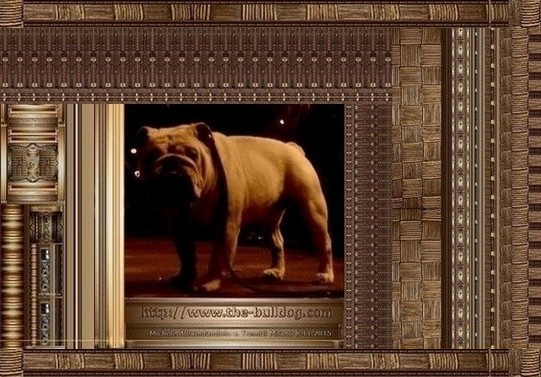
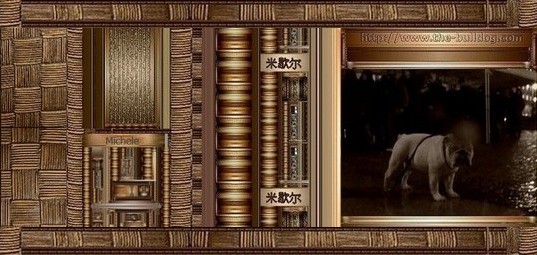
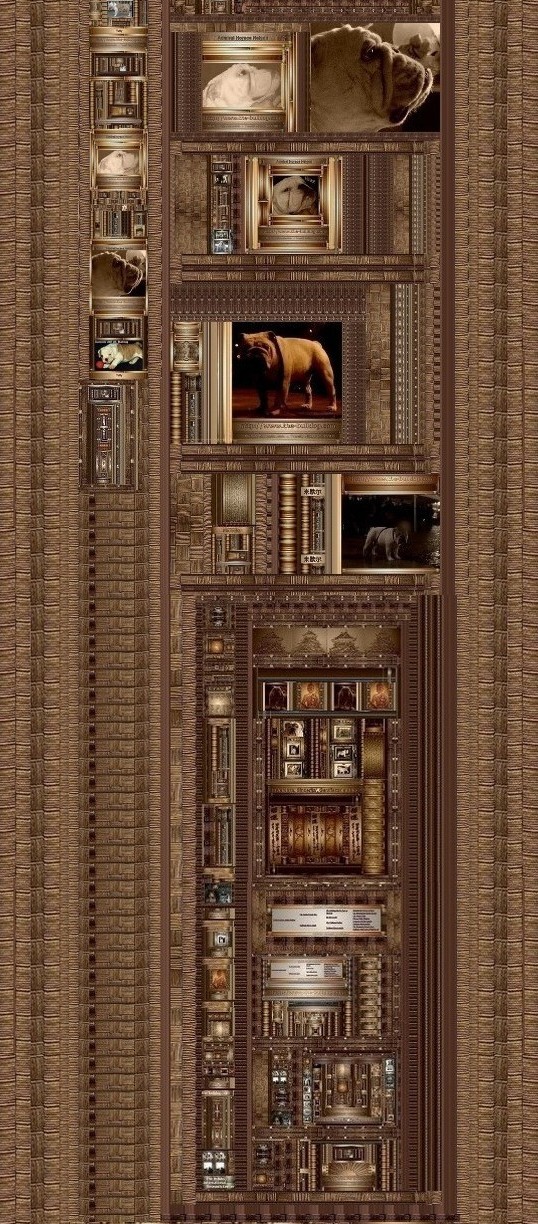

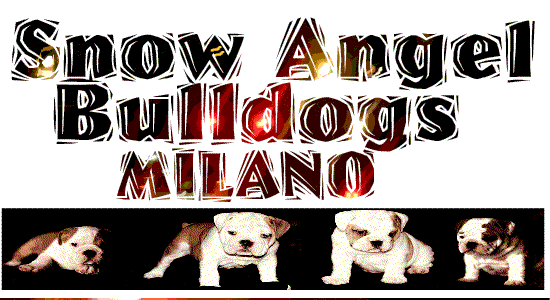
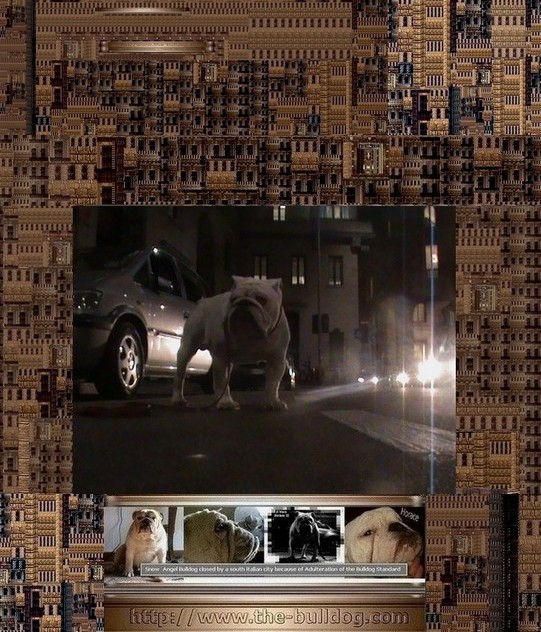
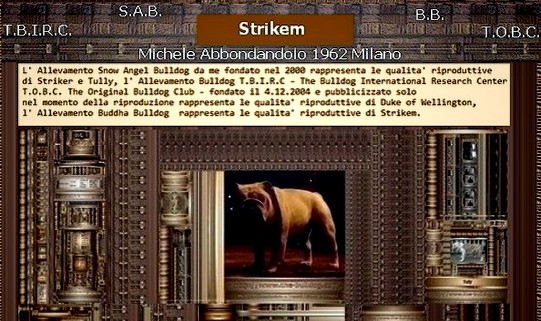 Happy Halleween 2023.
Happy Halleween 2023.
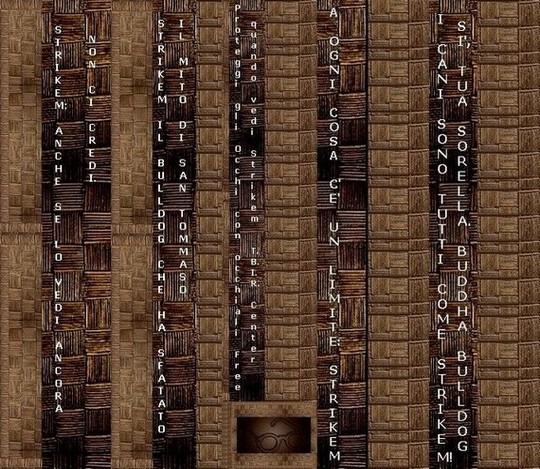

Webmaster Mike Va Ur, July 4, 1962.
- 2023 - Sept - 29.
-
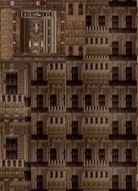
-


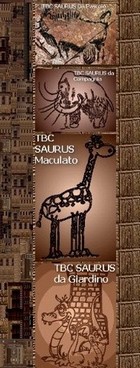
-
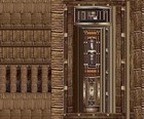


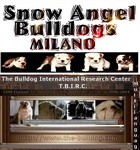 ___Homepage
___Homepage
 ___Languages
___Languages
 ___Mike Va Ur
___Mike Va Ur


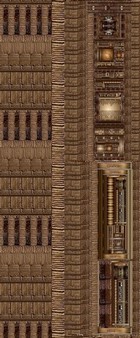

- Russian Borzoi
-

- Russian Dogs
-

-
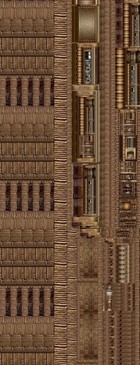


- Chinese Dogs
-

- Chinese Breeds
-

- Chinese Dog
-

- Chinese Dogs
-

- Chinese Breed
-
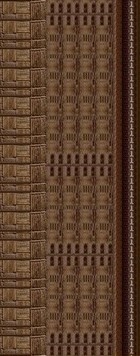
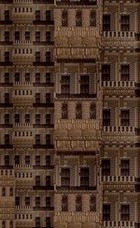
-

- China Dog
-

- Chinese Breedings
-

- China Dogs
-

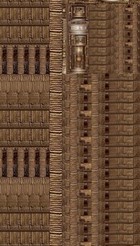
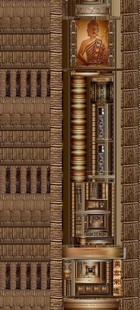
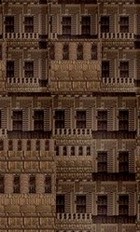
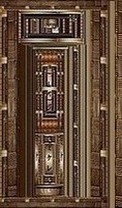
-

- Pug Dogs
-


-

- Breeds From China


-

- Chinese Breed
-

- Chinese Art
-
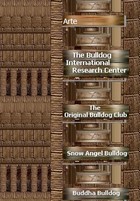
-

- Original Pug
-

- Guard Dogs
-

- Milano



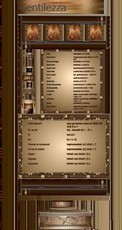
-




- British Bull

- World News
-

- Club


- Idioma
-

- English Bulldog
-

- Bulldog Ingles
-

- Buldog
-

- Buldogue
-

- Bulldog Inglese
-

- Bulldog Anglais
-

- ___Japam
-

- Abruzzo
-

- Basilicata
-

- Calabria
-

- Campania
-

- Friuli
-

- Emilia Romagna
-

- Lazio
-

- Liguria
-

- Lombardia
-

- Marche
-

- Molise
-

- Piemonte
-

- Puglia
-

- Sardegna
-

- Sicilia
-

- Toscana
-

- Trentino
-

- Umbria
-

- Veneto
-

- Val D'Aosta
-

-

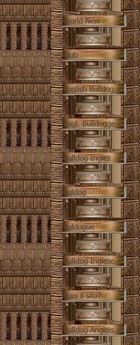
-

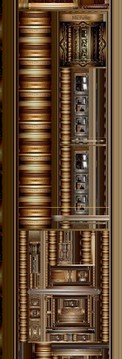
-

- Maculato
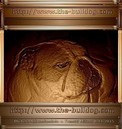
- __Killed by Law
-

- __Zed Garish
-

- the-bulldog.com
-


-
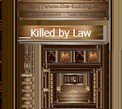
-

- Vuoi il sito?
-

- Robin Hood
-

- Strike
-

- Tully
-

- Jubilant
-

- Winston
-

- Little john
-

- Lord byron
-

- Polly

-
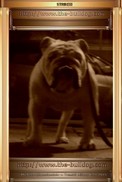
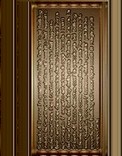
-
Mike Va
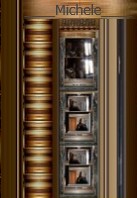
-

- ____Grafica
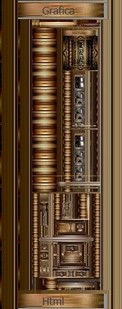
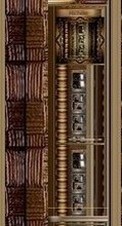 ____Html
____Html